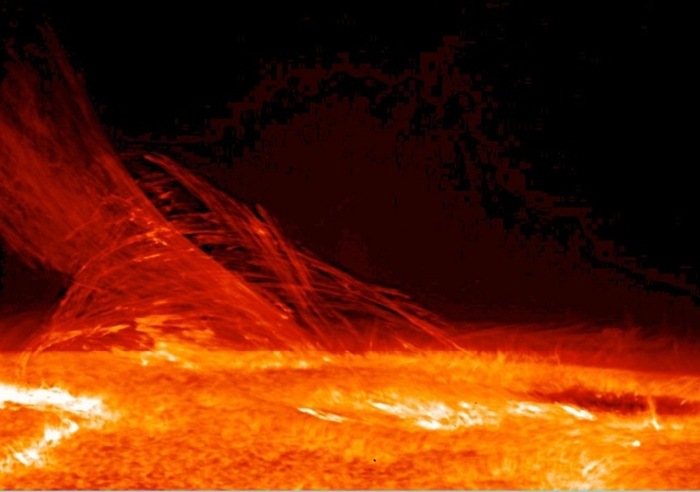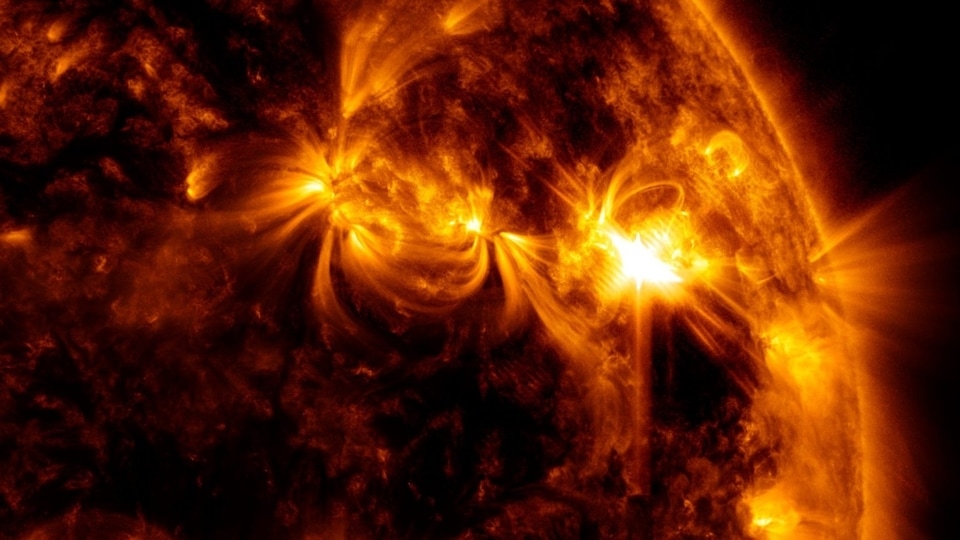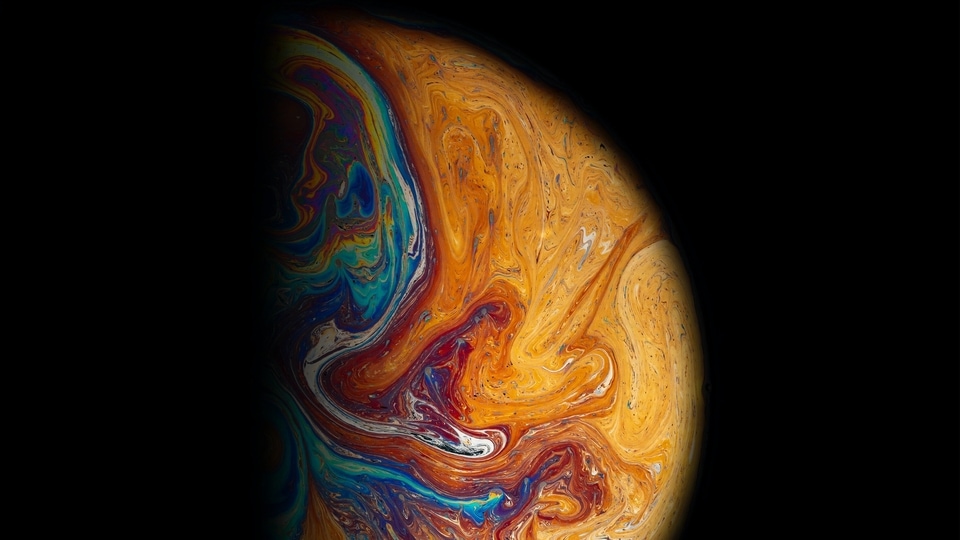Surprise! Oxygen detected on Venus in huge quantities on this hellish planet
German astronomers have uncovered a surprising twist in Venus's atmosphere, detecting oxygen on both day and night sides. This unexpected find challenges our understanding of the planet's composition.






 View all Images
View all ImagesIn a surprising twist, German astronomers have uncovered the presence of oxygen in Venus's atmosphere, challenging the conventional understanding of the planet's composition. The revelation, which spans both the day and night sides of Venus, could hold key insights into the stark differences between Earth and its so-called "Second self." Despite Venus being Earth's closest neighbour and sharing a strikingly similar size, with a radius of 6,052 km compared to Earth's 6,371 km, the two planets have notably distinct atmospheres. While that of the Earth has encouraged life to flower, that on Venus is exactly the opposite and can well be described as 'hellish'. In fact, Venus is known as the 'evil twin' of Earth.
While Earth boasts a life-sustaining blend of oxygen and nitrogen, Venus is enveloped by an atmosphere comprising approximately 96% carbon dioxide (CO2), 3.5% molecular nitrogen, and trace amounts of various gases, including carbon monoxide, sulphur dioxide, water vapour, argon, and helium, Cosmosmagazine reported.
We are now on WhatsApp. Click to join.
Greenhouse Effect
The hefty atmosphere on Venus exerts an immense pressure of 93 bar on the planet's surface, akin to the pressure experienced about 900 metres underwater on Earth. Scientists attribute these extreme conditions to a "runaway greenhouse effect," a process that transformed Venus from a potentially Earth-like world to its current inhospitable state.
The recent findings, based on observations from NASA's Stratospheric Observatory for Infrared Astronomy aeroplane, indicate that oxygen is generated on Venus's day side through the breakdown of CO2 and carbon monoxide (CO). This oxygen is then transported to the night side through atmospheric circulation, challenging previous assumptions about the planet's atmospheric dynamics.
Venus, known for its lethargic rotation, experiences a day that lasts a staggering 243 Earth days, while completing an orbit around the Sun every 225 days, resulting in a day longer than a year. The research, analysing 17 points on both the day and night sides of the planet, revealed the presence of oxygen at all locations.
Past observations had identified atomic oxygen, rather than molecular oxygen (O2), in the night airglow of Venus, a faint emission of light by the planetary atmosphere on the night side. The recent study, however, expands on these findings, providing a more comprehensive understanding of oxygen distribution in Venus's atmosphere.
The highest concentration of oxygen was notably discovered 100 km above the surface of Venus, prompting scientists to reconsider the factors influencing the planet's atmospheric composition. This unexpected discovery not only deepens our understanding of Venus but also raises new questions about the planet's complex evolution and its potential implications for future space exploration missions.
One more thing! HT Tech is now on WhatsApp Channels! Follow us by clicking the link so you never miss any updates from the world of technology. Click here to join now!
Catch all the Latest Tech News, Mobile News, Laptop News, Gaming news, Wearables News , How To News, also keep up with us on Whatsapp channel,Twitter, Facebook, Google News, and Instagram. For our latest videos, subscribe to our YouTube channel.































